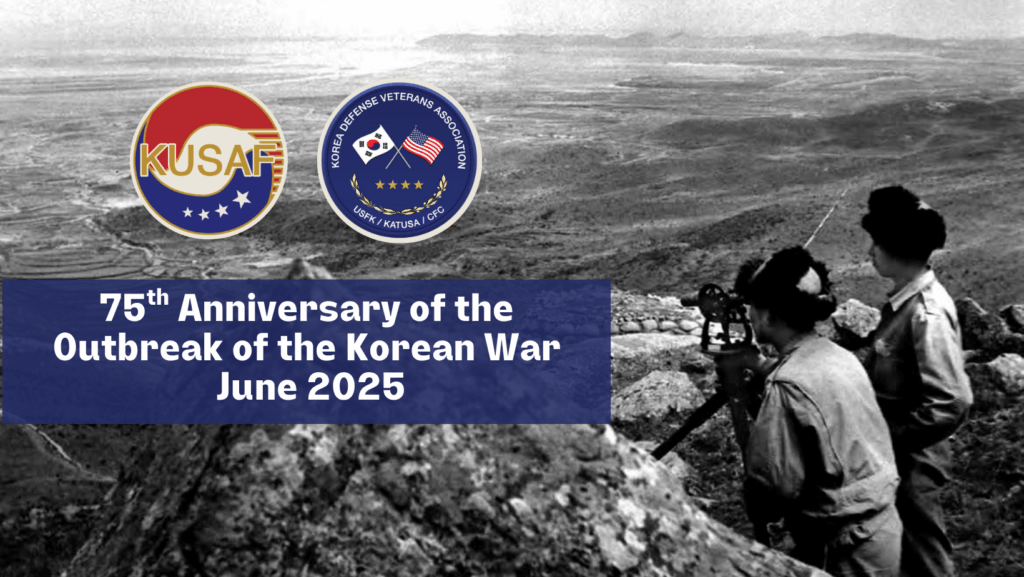
#koreanwar #75thanniversarykoreanwar #kdva
On this day in 1950, the Korean War began. What prompted this three-year conflict?
After World War II, Korea was divided into two zones along the 38th parallel: the Soviet Union was given oversight of the North, while the United States helped establish a democracy in the South. Tensions escalated between the two sides, and on June 25, 1950, communist North Korea launched a full-scale invasion of South Korea. The newly formed United Nations condemned the attack and, led by the U.S., sixteen nations provided combat troops while five countries acted in supporting roles to defend South Korea.
By August, South Korean and UN forces were pushed back to a small area, the Pusan Perimeter, in the southeastern part of the country. The next month, Supreme Allied Commander General Douglas MacArthur launched a bold amphibious landing behind enemy lines and recaptured Seoul. UN forces drove the North Koreans back across the 38th parallel and in October, advanced deep into North Korea, almost to the Chinese border. That same month, China entered the fighting with roughly a quarter of a million troops, and by January 1951, Seoul was again in communist hands. A UN counteroffensive recaptured that city by March, and the front stabilized near the initial dividing line.
For the next two years, the conflict was a war of attrition. On July 27, 1953, an armistice agreement was signed and a heavily buffered Demilitarized Zone (DMZ) established near the 38th Parallel. Just under two million Americans served in the war, roughly 37,000 died with over 92,000 wounded. All armed forces deaths numbered a million and a quarter, plus 2–3 million civilian fatalities. The war left much of Korea devastated, but South Korea remained free and resilient, and its people and industries began to flourish in the early 1960s. Please express your gratitude to a Korean War veteran.


Leave a Reply